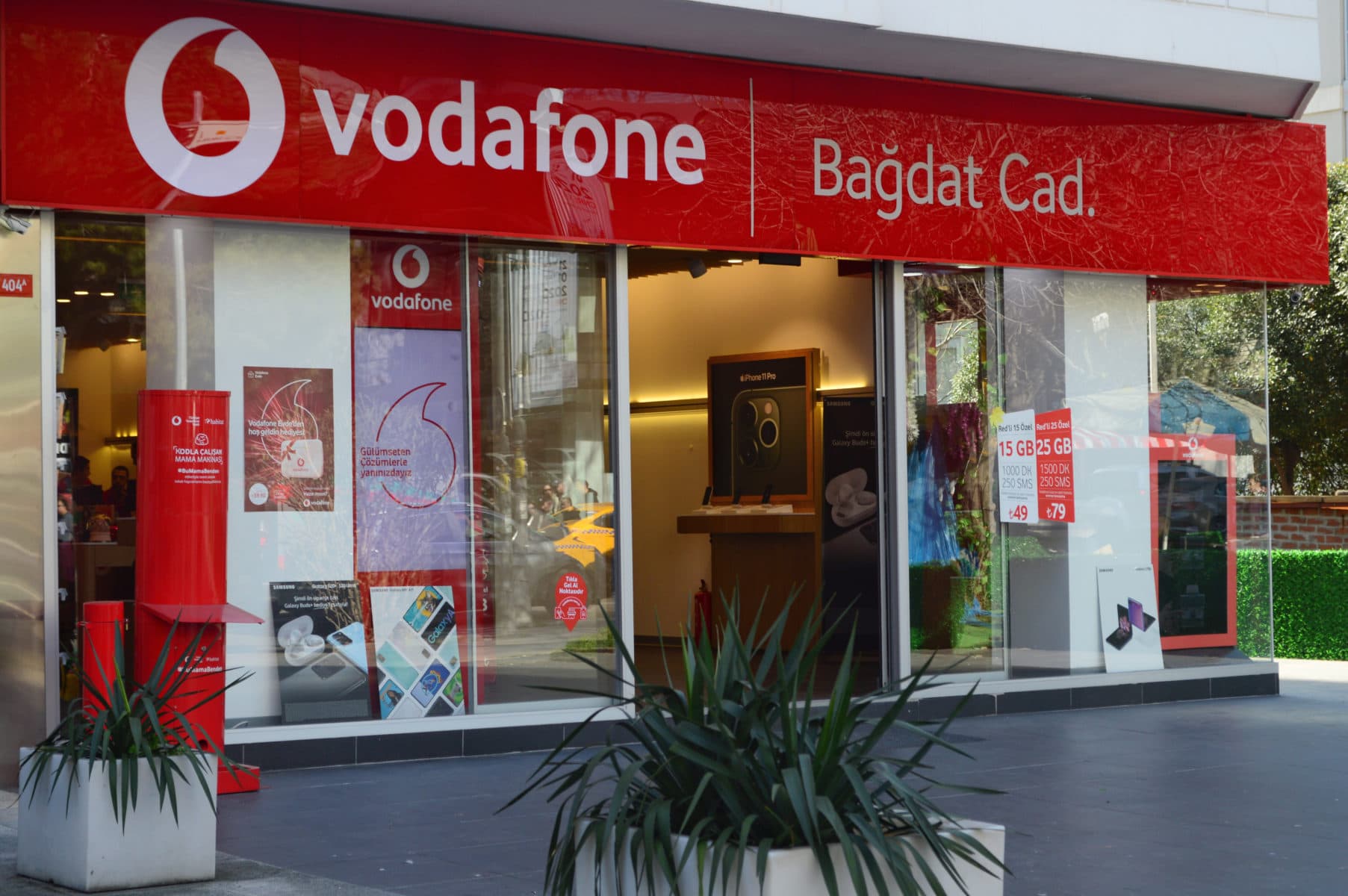It's one of the most frequently asked brand strategy questions: when, why and how should I value a brand?
We love to answer this question, because it gets to the heart of why brand valuation is important and the difference that brand value can make to your business.
There is a multitude of reasons to value a brand, ranging from technical to applied, from marketing to finance, and everywhere in between. Regardless of the discipline, it is crucial to centre the conversation and base any strategic branding decisions on hard data.
Your brand exists to differentiate and elevate your business. Measuring and valuing its performance should be done with the intention of understanding how you can leverage one of your most important assets to further your business goals, in the short and long term. In this article, we are going to explore six of the most common brand valuation applications for brand strategy.
Make strategic decisions using hard data. See our consulting services to find out more about what we do to help brands succeed.
1. Brand Tracking
It is essential for any brand manager to identify the period-to-period performance of their brands. The identification of changes in brand equity and brand value allows for quick action that can correct or improve performance.
Most companies will track the performance of their brands in one way or another. One of the most commonly tracked metrics is 'Net Promoter Score' (NPS). On top of this, brand managers will often be monitoring a whole host of other brand equity measures (awareness, familiarity, consideration, recommendation etc...), and bottom-line performance.
To effectively track all of a brand's attributes requires expert ability in market research, communications, finance, HR, insights and analytics. Brand Valuation combines data on all of these areas, prioritises them, and provides financial numbers which are intelligible across the business. Indeed, this principle is how we arrived at our strapline "Bridging the Gap between Marketing and Finance".
Many senior managers have noticed a paradox in how firms perceive marketing. On the one hand, every chief executive and mission statement puts marketing at the very top of the agenda … At the same time, marketing professionals, marketing departments and marketing education are not highly regarded … The paradox will never be resolved until marketing professionals justify marketing strategies in relevant financial terms.1
Peter Doyle, Former Professor of Marketing at Warwick University
Period-to-period tracking helps to expose the brand attributes that are under or overperforming. Using brand valuation, you can start to expose the real financial impact of changes to key brand attributes.
For example, between tracking periods, a company may invest in an advertising campaign to address shortcomings in brand awareness. When the brand is assessed and valued again, awareness has improved, and brand value has also improved. By measuring the brand value difference we are able to put a dollar figure on the return on marketing investment from the awareness campaign.
Brand trackers then become a strong tool for communicating the development of the brand and its attributes to other internal stakeholders - especially in marketing efficacy and budget discussions.
Over 100 businesses use our in-depth reports to identify how brand value and strength is changing and the underlying reasons for those changes and over 300 report our valuations in their annual reports. Even more, businesses use other providers so the use of brand valuation is endemic among marketing and brand departments worldwide and growing in importance.
2. Marketing Budget Allocation and Return on Marketing Investment (ROMI)
When you are able to demonstrate how much value you are generating through your current branding initiatives, you can determine if you are either over or under-allocating investment in the brand.
Valuations can be used to identify what value of an investment is likely to be necessary to keep value topped-up. After analysing the importance of brands versus other assets (by comparing their relative values), management teams can allocate the appropriate proportion of investment to brand building activities.
Brands are built not only through promotion but also through product development, availability, price, customer service and many other factors.

Therefore a strong brand valuation approach is one which identifies the relative importance of these activities, allowing for appropriate segmentation of spend; between these different levers as well as the various marketing channels available for promotion.
Brand Valuations are the natural extension to the more short-term Marketing Mix Models and can (read: should) be used concurrently, if data allows it.
Conducting scenario analysis on the assumptions in a valuation can be used as a dynamic tool to identify the return on investment of specific activities such as improving the customer journey experience, updating visual identity or improving brand management processes.
This is just a snapshot of how to set marketing budgets effectively. In our full-length piece - How to Set Marketing Budgets - we dive deeper on how best to answer this question. If you want to jump right into a conversation, don't hesitate to contact us. We love to talk.
3. Brand Architecture and Brand Transition Strategy
Brand Valuation also helps identify and inform whether you should increase or decrease the number of brands you use, often referred to as a brand portfolio.
When valuing a brand portfolio you are testing each available brand through the impact of their strength on business performance. This enables you to review and track the impact of individual brands on the wider portfolio.
As well as the effects of brand equity, the analysis allows you to understand what brand-building activities are driving awareness to and brand perceptions of the overall group.
When working with Vodafone throughout the mid-2000s, as it forged its place as the preeminent global telecoms brand, we developed a structured approach for each stage of the brand architecture strategy process and have continued to develop the process up to today.

This process identified how strong the benefit of rebranding to Vodafone could be for the local brands, which enabled a prioritisation process to take place over which local brands to transition first.
Following this came the brand transition planning. Brand transition strategy and brand architecture strategy are close cousins. Indeed, more often than not, one follows the other. For example, there may be a push from upper management to follow a 'Masterbrand' strategy, which entails that any dud or acquired brands will need to be transferred.
With any brand transition strategy, you will need to weigh up the brand tactics, marketing tools, investment, and time planning that will create the biggest uplift in value. A successful brand transition strategy is one that ensures the transfer of the existing brand equity to the new brand while minimising the risk of customer value loss. A brand valuation lens can help you model the financial impact of the various transition strategies.
The cost of a slow transition for the benefit of maintaining customer value is a consideration that is often misunderstood or overlooked in favour of quick action. And indeed, the opposite is also true, sometimes a quick transition will improve business performance.
So do you proceed with an overnight transition? Do you adopt interim brand endorsements? How much additional investment will be required to effectively transfer brand equity? A brand valuation framework enables teams to weigh up cost, time and activities (such as endorsements) to complete the most successful transition possible.
Brand Transition 101
When Should I Rebrand My Acquisition?
10 Tips to Inform a Successful Brand Architecture Strategy
Brand Transition Planning and Execution
An Example of a Successful Brand Transition: Enel & Eletropaulo
4. Sponsorship Analysis
Sponsorship evaluation is one activity that is specifically suited to this type of analysis. Typically an area that has focussed on size of coverage rather than effect, there has been a general misunderstanding about how its benefit should be identified.
The key question to ask when evaluating sponsorship is not "How much would it cost as advertising?" but rather "What is its benefit to our bottom line?" The answer to the first question is effectively useless for determining the ROI of the activity, while the second gets straight to the point.
A valuation-based approach to sponsorship evaluation provides a practical, logical and commercially driven basis for assessment.
By following an approach that establishes links between changes in brand equity, stakeholder behaviour and ultimately business and brand value, we gain a solid platform of insight to decide whether to enter into - or continue with - sponsorship activities, and how much to spend to activate them.
The ultimate benefit of this understanding is that it provides true firepower at the negotiation table with existing and potential sponsors, leading to better results for less investment.
Sponsorship is one of the key meeting grounds for brands. It is crucial that brand managers Understand the True Value of Sponsorship.
5. Brand Positioning Decisions
Faced with a decision on a change in positioning, many businesses consider the effects only through management hypotheses or market research.
Management hypotheses on the effects of a change in positioning are high level and untested, but due to hierarchies of power and experience, most brand managers accept these hypotheses at face value.
A brand valuation framework enables teams to weigh up marketing cost, time and activities, and model the returns in real financial terms.
Market research is useful but can be risky if you stop there. Strong market research programs will often include “Demand Drivers Analysis”. Demand Drivers Analysis allows you to identify what aspects, or “attributes”, a brand needs in order to drive brand preference in a category.
The idea goes that the brand positioning which maximises performance on the most important attributes should be the option selected. Demand Drivers Analysis is a fantastic start, but it is an exercise that needs to be performed at a segment level.
If you take a large multi-service bank, for example, the factors that drive individual consumers to buy a credit card will not be the same as those for a mortgage nor will they be the same for a corporate customer trying to find the provider for a new loan.
So if the positioning changes perceptions in different ways in different segments, how do you decide which segment to prioritise? Ultimately, this must be done by weighing up the overall financial implication to the business.
Most importantly, and fundamental to the discipline, brand valuation enables you to identify what you should be willing to spend on the change, knowing that you should never spend more than you predict to gain in value.
6. Franchising & Licensing Strategy
Brands are frequently licenced both internally and to other companies through franchise or brand licencing agreements.
In the late 1990s, we were approached by the United States Internal Revenue Service to provide a new approach to setting brand royalties that was grounded in the identified commercial effects of brands, rather than simply what had been paid for them in the past.
Using research analysis techniques, we identify the uplift in yearly revenue and profitability caused by brand equity. The outputs of this analysis are always compelling, and provide a strong defense in negotiations.
Establishing the commercial reality of a brand’s impact on a business rather than relying on often conservative perceptions or non-comparable agreements is a technique that is - and should more often be - used in licensing.

We regularly find that brand valuation, by establishing exactly what should be charged, can lead to huge increases in licencing revenue from the same deals, sometimes enabling clients to increase their royalty rates by a factor of 5 or more.
This allows businesses to capture millions or even billions more in value from the use of their strong brand, all thanks to robust brand valuation techniques.
Brand Valuation 101
How We Value Brands in Our Annual Rankings
Our Vision for Improving Brand Valuation
Technical Reasons to Value Your Brand
References
- Doyle, P., 2012. Value-Based Marketing. Chichester: John Wiley & Sons.↩
- https://www.bbc.com/news/world-us-canada-30110137↩
- https://www.totaltele.com/438001/Vodafone-Turkey-rebranding↩
